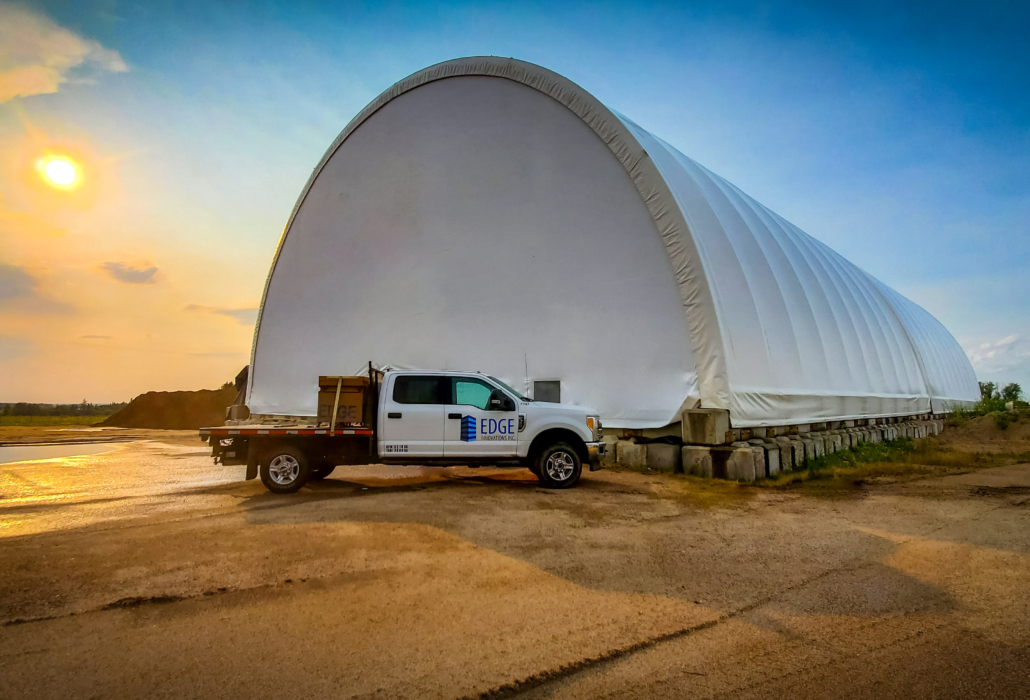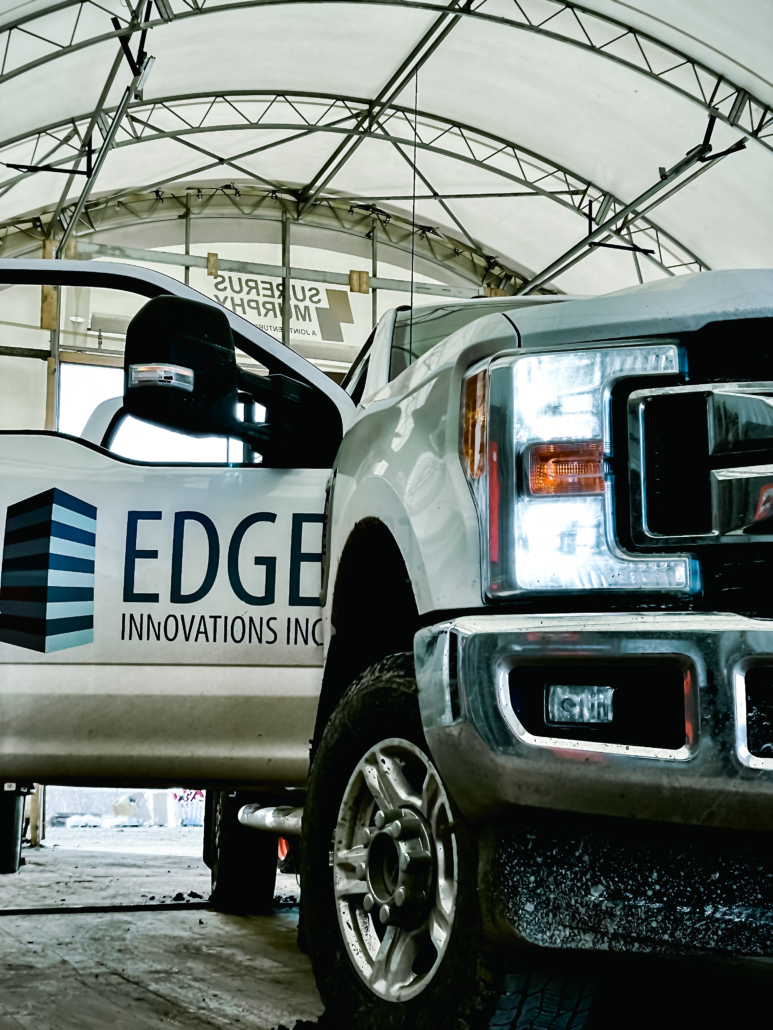The Environmental Benefits of Choosing Fabric Buildings

In the modern world, many people are actively searching for ways to reduce and limit their environmental impact, and one way to do this is by choosing fabric buildings. Fabric buildings are a relatively new type of construction that utilizes fabric materials for the building’s frame and roof instead of traditional building materials such as steel or concrete. Using fabric materials in construction offers several environmental benefits, including reduced energy consumption and a lower carbon footprint.
Fabric Structures Are Lighter
Fabric structures are lightweight, making them easier and less expensive to transport and install, slashing their carbon footprint compared to traditional structures. Using lightweight materials in construction also reduces the load on the foundation, which can result in significant cost savings. In addition, fabric structures offer a high strength-to-weight ratio, meaning they can support large spans without additional support columns or beams. This allows for more open and unobstructed space, making them attractive for applications such as warehouses, hangars, and storage facilities. Overall, the structural benefits of fabric structures make them a practical and efficient choice for a wide range of applications.
They Are Energy Efficient
One of the primary environmental benefits of fabric buildings is their energy efficiency. Construction fabric materials offer better insulation than traditional building materials, resulting in lower energy consumption for heating and cooling. The insulation provided by fabric materials can help to keep the building’s interior at a more consistent temperature, reducing the need for heating and cooling systems.
Additionally, fabric buildings often incorporate natural lighting and ventilation systems, which can further reduce the building’s energy consumption. Natural lighting can provide significant illumination during daylight hours, reducing the need for artificial lighting. Natural ventilation systems can also help to regulate the building’s temperature, reducing the need for heating and cooling systems.
Fabric Buildings Are Environmentally Sustainable
 Another significant environmental benefit of fabric buildings is their lower carbon footprint. Traditional building materials such as steel and concrete require a significant amount of energy to produce, resulting in high levels of greenhouse gas emissions. Fabric materials used in construction require significantly less energy to produce, resulting in a lower carbon footprint.
Another significant environmental benefit of fabric buildings is their lower carbon footprint. Traditional building materials such as steel and concrete require a significant amount of energy to produce, resulting in high levels of greenhouse gas emissions. Fabric materials used in construction require significantly less energy to produce, resulting in a lower carbon footprint.
Furthermore, fabric buildings are often constructed using prefabricated components, reducing the amount of construction waste produced during the building process. Manufacturing components off-site results in a more efficient construction process that generates less waste.
They Are Easily Disposable and Durable
In addition to their energy efficiency and lower carbon footprint, fabric buildings can also provide significant benefits when it comes to maintenance and disposal. Fabric materials used in construction are often more durable than traditional building materials and require less maintenance over their lifetime. This can result in fewer repairs and replacements, reducing the environmental impact of building maintenance.
When it comes time to dispose of a fabric building, the materials used in construction can often be recycled or repurposed, reducing the amount of waste sent to landfills. Traditional building materials are difficult to recycle and often end up in landfills, contributing to environmental degradation.
 Fabric Structures Have Minimal Impact on Natural Habitats
Fabric Structures Have Minimal Impact on Natural Habitats
Finally, fabric buildings can provide significant environmental benefits regarding their impact on natural habitats. Traditional building materials often require the destruction of natural habitats during extraction and production. Construction fabric materials require fewer natural resources, reducing the impact on natural habitats.
In addition, fabric buildings can often be designed to blend in with natural surroundings, reducing their visual impact on the environment. This can be particularly important in areas where natural habitats are particularly vulnerable or where visual pollution is a concern.
In conclusion, fabric buildings offer several significant environmental benefits when compared to traditional building materials. Their energy efficiency, lower carbon footprint, and reduced impact on natural habitats make them an attractive option for those looking to reduce their environmental impact. As the world continues to face environmental challenges, fabric buildings will likely play an increasingly important role in sustainable construction practices. If you’re on the hunt for custom-built and engineered fabric buildings that offer flexibility and sustainability for your intended purpose, contact Edge Inc today.
 Fabric Structures Have Minimal Impact on Natural Habitats
Fabric Structures Have Minimal Impact on Natural Habitats
